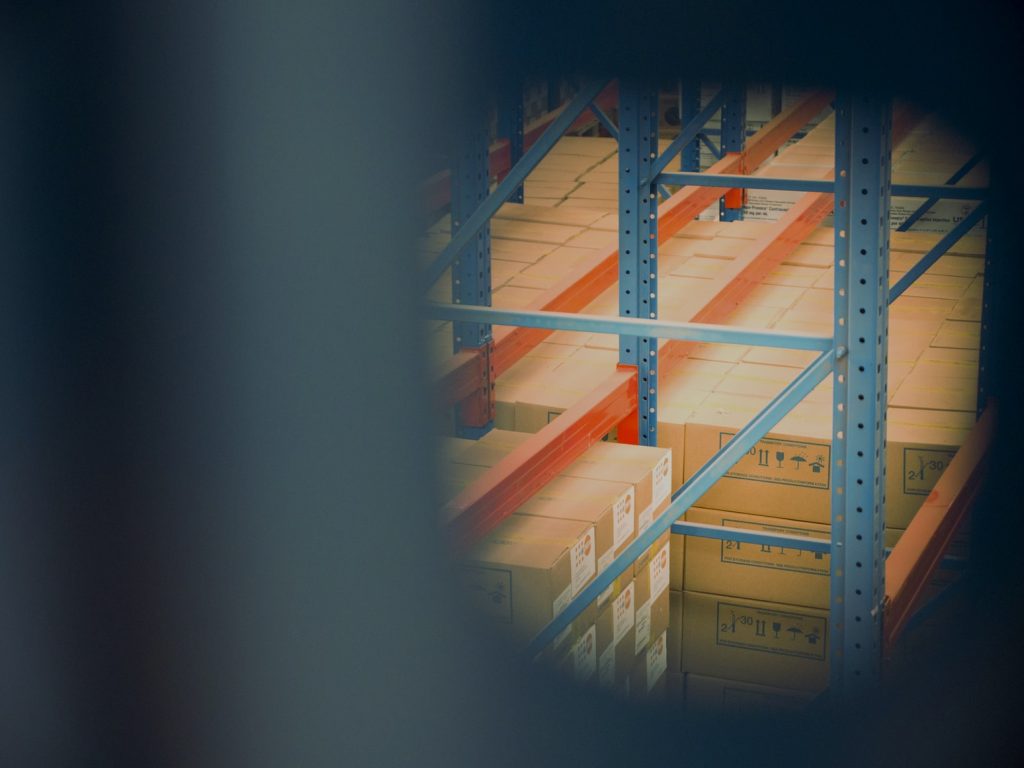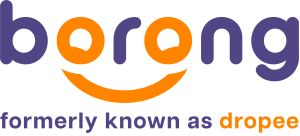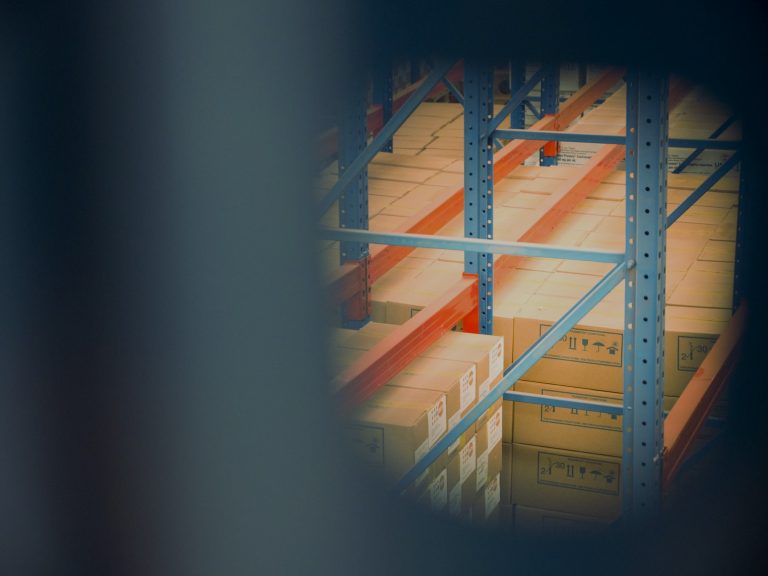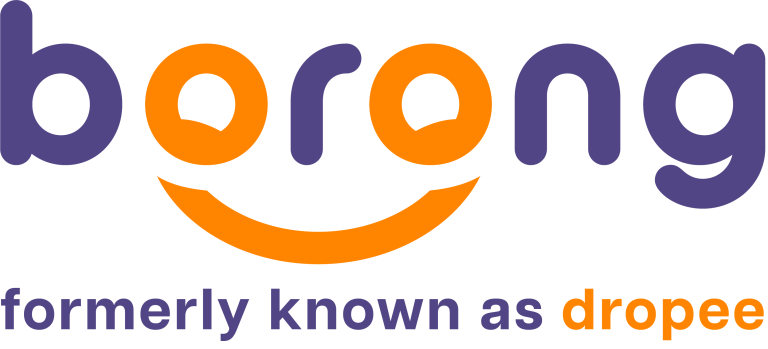As we venture into 2022, what are the emerging trends that will continue to shape B2B e-commerce?
It’s been almost three years since the COVID-19 pandemic. While it brought about disruption, it also accelerated the pace of change in today’s digitally-inclined world.
Seamless omnichannel experiences, greater self-service support, hybrid work strategies – the demand for change quickly surfaced. As a result, businesses had to react quickly to remain competitive.
Here, we discuss the 2022 trends and how businesses can move towards a resilient future.
Personalised AI Will Become More Common in B2B Marketing

Artificial Intelligence (AI) adoption around the world continues to increase. According to McKinsey, its use in sales and marketing is one of the arenas that it is most likely to generate revenue growth.
When applied to B2B marketing, AI technology reduces the time spent asking questions about what customers want to consume. This means less manual work of sifting through content management systems, fiddling with keyword research, reviewing analytics and trends, and more. AI engines will be powered to help businesses generate and nurture leads, as well as deliver excellent customer service.
Some of the ways we’ve seen AI in action within the realm of digital marketing includes:
Predictive Analytics
Predictive analytics helps businesses analyse customer behaviour patterns. With AI, B2B businesses use the data generated from AI software to develop relevant, highly personalised content for customers at each stage of the purchasing journey.
Content Generation
AI technology is now so advanced that tools like Frase and MarketMuse can be used to create automated content for blog posts, newsletters, website copy and more. AI can now also be used to solve simple optimisation problems such as:
- Analysing Google trends and analytics to identify content topics
- Recommending content ideas that align with trending topics on Google
- Optimising existing content to improve ranking for search queries
Chatbots
No longer are we strangers to chatbots that have the ability to mimic human conversation. By quickly providing customers with detailed information, chatbots will continue to transform customer experience in a world that prioritises efficiency.
According to Kirke Borne, the Chief Science Officer for Dataprime Inc, in 2022, chatbots will drive customer experience through…
- scalability:simultaneously addressing the needs and questions of many customers
- 360 view: access many different dimensions of customer data for hyper-personalisation of the customer experience
- security:receive, send, and use customer confidential data in a secure conversation, through secure cloud data access
- speed:promptly answering the customer call and delivering just-in-time customer service
Livestream Shopping Marks a New Chapter in Social e-commerce

By blending the transactional elements of e-commerce with the interactive aspects of social media, livestream shopping is one of the newest 2022 trends to take the online shopping world by storm.
From social influencers to international brands, sellers use streaming platforms such as TikTok, Instagram and Facebook Live to sell. These broadcasts are augmented by their highly interactive nature that allows audience participation via chat functions such as reaction buttons and live chat features.
In China, livestream shopping has become a fixture during major e-commerce sales events, helping to generate USD$7.5 billion within the first 30 minutes of the 2020 Singles’ Day pre-sales campaign on Taobao Live. For 2022, livestream commerce is predicted to reach USD$446 billion.
Beyond China, consumer demand for livestream is also showing signs of steady growth. Coresight Research estimates that the US livestream market will reach USD$25 billion by 2023. A survey by Facebook found that nearly a quarter of adults are keen on discovering new products via livestream platforms.
What is it about livestream commerce that makes it so valuable?
First up, it’s immersive and keeps audiences engaged for longer periods. This shortens the decision making process and encourages instant purchasing. Businesses can also employ limited-time strategies such as exclusive coupon codes to create a sense of urgency and drive conversions.
Livestreaming is also interactive. The chat component lets customers ask questions and receive direct replies from the brand personnel or influencer. For brands, livestreaming is a good tool to introduce new products, engage with customers and do demonstrations. This not only helps to strengthen their brand positioning amongst existing customers, but it also attracts and retains new ones.
According to Erin Schmidt, senior analyst at Coresight, livestream commerce is simply a means of bringing the in-store experience to the comfort of your home. “It provides a high-touch way of engaging with the consumer which includes video-chat, live selling, consultations and virtual services…Sessions are less scripted providing consumers a more authentic brand representation—which consumers are seeking from brands today.”
But will this translate well to the B2B arena?
While livestream commerce primarily occupies the B2C space, it can be a powerful tool for B2B businesses too. Here are some key points to take note of:
- B2B sales are rarely immediate so shift the focus to engaging with customers and nurturing these relationships instead. The goal here is to guide them down the sales funnel by connecting with them and building trust.
- Choose the right platform. To reach their audience, businesses should select streaming platforms that their customers use and are already familiar with.
- B2B businesses should promote their livestream before it happens to let their audience know when it will be happening and how they can access it.
- Experiment with different formats. Consistency is key but don’t forget to try different approaches.The versatility of livestreaming makes it great for trying new things and seeing what the audience responds to.
Businesses Will Be Called to Task Over Corporate and Social Responsibility

Increasing customer expectations will push businesses to reevaluate their values and practices in 2022.
Customers are realising that some of the most well-loved global brands have been compromising on employee welfare and environmental safety in favour of profit. In response, they are shifting away towards more responsible businesses, both in business practices and employee welfare.
These are the brands that lend their voice to social, political and environmental causes, and speak out against injustice.
This change will be further amplified as members of Gen Z enter the fray. With USD$29 billion in purchasing power and USD$333 billion in influence, this is a generation of digital natives who grew up during the Great Recession and are highly skeptical of businesses and how they wield their power. As a result, they have higher expectations from businesses and are deeply discerning of the brands they choose to support.
A report by BBMG and Globescan found that 47% of Gen Z feel that brands should speak out simply because ‘it is the right thing to do”. Gen Z also believes that a brand’s higher purpose should be to “serve communities and societies” instead of making good products and services. Ultimately, customers want brands to do better and use their voice and resources to become agents of positive change.
Businesses who want to win the loyalty and trust of customers in 2022 must take on an active role in using their influence to shed light on social issues. These values should also be reflected inwards on their own business practices and ethics.
Movement Towards More Dynamic Supply Chains

Being in a state of constant uncertainty over the past two years has proven that businesses must be equipped with the flexibility to deal with sudden, unexpected change. According to KPMG, most businesses typically have relationships with “one major supplier, one large customer, and one major supply chain partner.”
However, the pandemic showed us that keeping supply chains extra lean and maintaining the lowest possible level of inventory can be a disservice during times of sudden, prolonged periods of resource shortage. In 2022, we can expect to see businesses seeking to expand their list of suppliers, customers and logistics providers to strengthen their supply chain and provide them with alternative means of sourcing, revenue, and transportation in the face of unforeseen circumstances.
COVID-19’s disruption of the global supply chain also forced companies to reassess where they sourced their goods. Reshoring, for example, became an increasingly attractive option- especially for companies in the US.
By moving the production and manufacturing process back to their home country, businesses can get more reliable sourcing options from local suppliers, reduce lead time, and also protect themselves from disruptions in the global supply chain.
Hybrid and Remote Sales Models are Here to Stay

COVID-19 has changed the way we work – to support business continuity, B2B entities have adopted remote work.
On a global scale, businesses were able to transition rather quickly. By April 2020, 90% of sales had shifted to a video-conferencing/phone/web sales model and more than half believe that these methods are equal to or more effective than pre-pandemic sales methods.
B2B sales reps discovered that digital selling not only allowed them to find better prospects that closely matched their search criteria, but they were also able to reach potential leads without having to worry about geographical or transport restrictions.
Paired with the rise of digitisation and an increasing demand for flexibility, digital sales models will evolve from a 2022 trend into a fixture.
As hybrid work models continue to grow in popularity, larger B2B entities will also need to recognise that allowing employees to work from home will become a major criteria towards retaining talent. (if the job permits, of course).
In a hybrid work model, businesses will incorporate a mix of in-office and work-from-home opportunities in an employee’s schedule. In situations like these, having a solid omnichannel strategy will allow suppliers to engage customers using various channels as a portion of their staff remain remote.
Kickstart Your 2022 Digitisation Journey with Dropee
In 2022, digitisation will be higher on the priority list as customers continue to expect more technologically advanced features during the purchasing journey. For B2B businesses that are just getting their feet wet, this is a daunting prospect.
However, the good news is that there are plenty of service providers that you can partner with to guide you through this new endeavour. One such example is Dropee.
Dropee is an e-commerce solutions platform that works closely with SMEs to provide them with the tools and knowledge to help them bring their business online.
From marketplace solutions to source and connect with new suppliers, to digital software to track and manage inventory, orders and customers, Dropee aims to empower B2B businesses through technology.
Contact our sales team today and learn more about how we can help you kickstart your digitisation journey!


